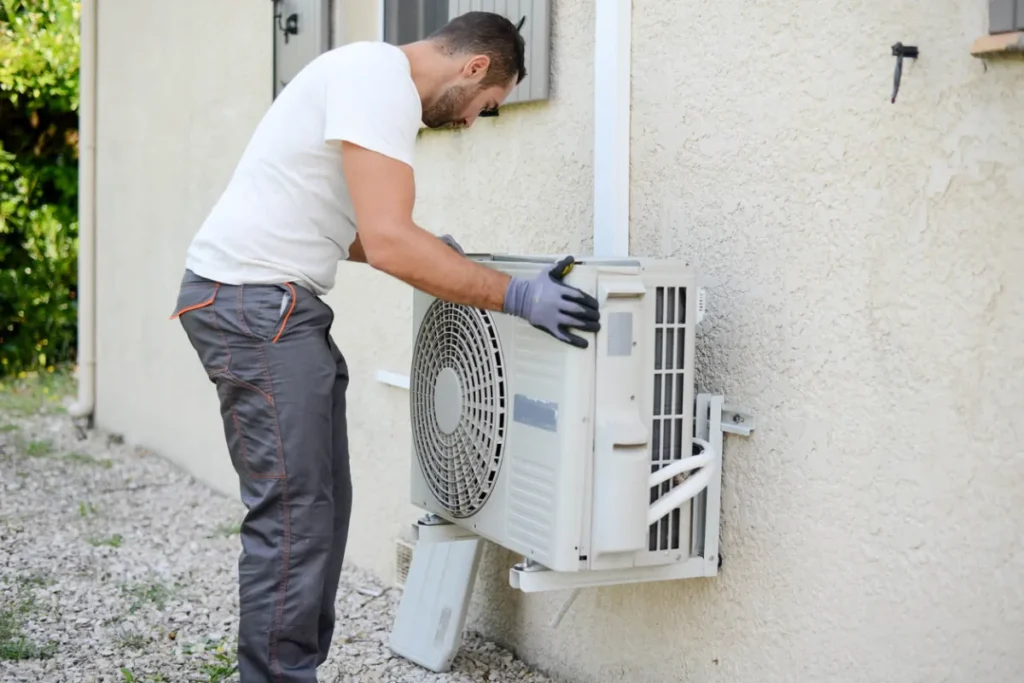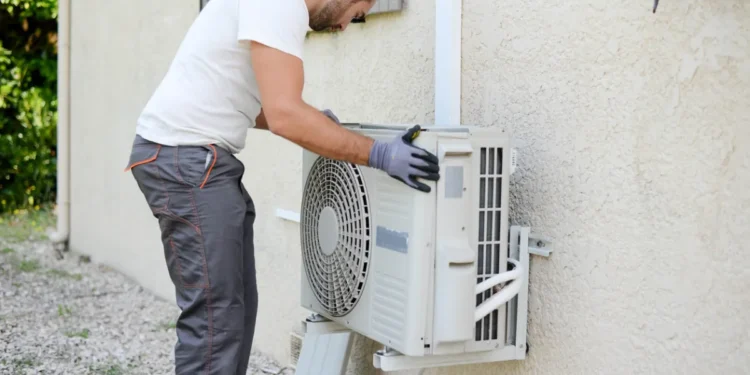Heating, ventilation, and air conditioning (HVAC) systems are evolving rapidly as demand for energy-efficient, flexible, and environmentally friendly solutions grows. Among the standout trends for 2025 is the rise in popularity of mini-split systems. These compact, ductless units are changing how homes and businesses manage indoor comfort, offering distinct advantages over traditional HVAC setups.
Mini-splits might be the game-changer many have been waiting for. If you’re curious about how they work and why they’re becoming sought-after, keep reading to uncover the key reasons behind the buzz.
Are you thinking about investing in a new mini-split? If so, you’ll want to team up with talented, trained professionals, like the team members at this company.
What are mini-splits?
Mini-split or ductless systems feature two essential components: an indoor unit for air distribution and an outdoor compressor unit. These systems are built to offer heating and cooling, making them an ideal option for maintaining comfort throughout the year. The standout feature of mini-splits is their ability to control temperatures independently in different zones or rooms, offering unparalleled flexibility for homeowners.
Whether your home has existing ductwork or not, mini-splits are adaptable and cost-effective. They offer energy efficiency and reduced environmental impact, which appeal to modern consumers focused on sustainability.
If you’re ready to experience the benefits of a mini-split system in your home, trust a professional HVAC company to help you make the change. Their expertise and professional services make transitioning to a ductless system seamless, ensuring your home stays comfortable all year.
Why mini-splits are trending in 2025
1. Energy efficiency saves money
Energy efficiency is a key focus in HVAC innovations, and mini-splits lead the charge. These systems remove the energy loss from ducts in traditional central air systems, which can account for as much as 30% of energy use. With advanced inverter technology, mini-splits adjust their output to meet real-time heating and cooling needs instead of turning on and off like older systems. As a result, you’ll see considerable savings on your energy bills.
Additionally, their ability to create zone-specific temperatures means energy is only used for the areas that need it. You no longer need to spend money on cooling or heating rooms that no one uses.
2. Flexibility for every space
Mini-splits are perfect for old and new homes, particularly those without existing ductwork. Because duct installation can be expensive and labor-intensive in older buildings, mini-splits offer a simpler and far less disruptive solution. They can be installed in existing homes, converted basements, sunrooms, garages, or standalone spaces.
Further, these systems allow for temperature control on a room-by-room basis. Mini-splits are a perfect option for multi-generational households or homes where members prefer different temperatures in their personal spaces.
3. Compact, sleek design
Unlike bulky window units or massive central air systems, mini-splits are compact, stylish, and unobtrusive. They blend comfortably into modern interior designs and do not compromise aesthetics. Options for wall-mounted, floor-mounted, or even ceiling-mounted units provide homeowners with plenty of choices to suit their preferences.

4. Better air quality, fewer allergens
Mini-splits aren’t just about temperature control; they also improve air quality. With advanced filtration systems, mini-splits can reduce allergens, dust, and other airborne particles that impact health. Since they don’t require ductwork, there’s also no accumulation of dirt and mold in ducts, contributing to poor indoor air quality in traditional systems.
Individuals with allergies or respiratory issues often report significant improvement when using ductless systems.
5. Eco-friendly technology
Environmental concerns are pushing the HVAC industry toward greener practices. Mini-splits meet these demands by consuming less energy and utilizing refrigerants with a lower environmental impact. Homeowners looking to reduce their carbon footprint will appreciate how eco-friendly these systems are.
6. Tax incentives and rebates
Governments and utility companies increasingly recognize the benefits of mini-splits, which means there are often financial incentives for installing them. Many areas offer rebates or tax credits for installing high-efficiency systems, which offset the upfront costs for homeowners.
How to know if a mini-split is right for you
While mini-splits offer impressive benefits, they aren’t always the perfect fit for every situation. They are ideal for homeowners who value flexibility, energy efficiency, targeted temperature control, and those who prioritize sustainability.
If your home has outdated or expensive-to-run HVAC systems, or if you’re seeking to create a comfortable environment in a room without existing ductwork, mini-splits could be the solution.
A closer look at installation, maintenance, and costs
Installation
Installing a mini-split is relatively straightforward compared to traditional systems. Installation time is significantly shorter because they require minimal construction work, reducing labor costs. However, hiring experienced technicians is crucial to ensure proper setup and optimal performance.
Maintenance
Mini-split systems are remarkably low-maintenance compared to HVAC systems that rely on ducts. Regular cleaning of the air filters and routine professional checkups are enough to keep them running smoothly.
For reliable service, trust the best AC repair in Rockledge, FL or your area to maintain your system’s peak performance. Expert technicians are equipped with top-quality tools, advanced equipment, and the experience needed to get the job done right the first time, every time.
Costs
Although the initial setup of a mini-split might be costlier than window units or central air systems, savings on energy bills make them a worthwhile long-term investment. With available rebates or incentives, the overall cost becomes even more attractive.
Conclusion
The HVAC industry is rapidly evolving, and trends for 2025 reflect the growing demand for innovative solutions like mini-splits. Energy efficiency, flexibility, compact designs, and superior air quality make these systems stand out for modern homeowners.












